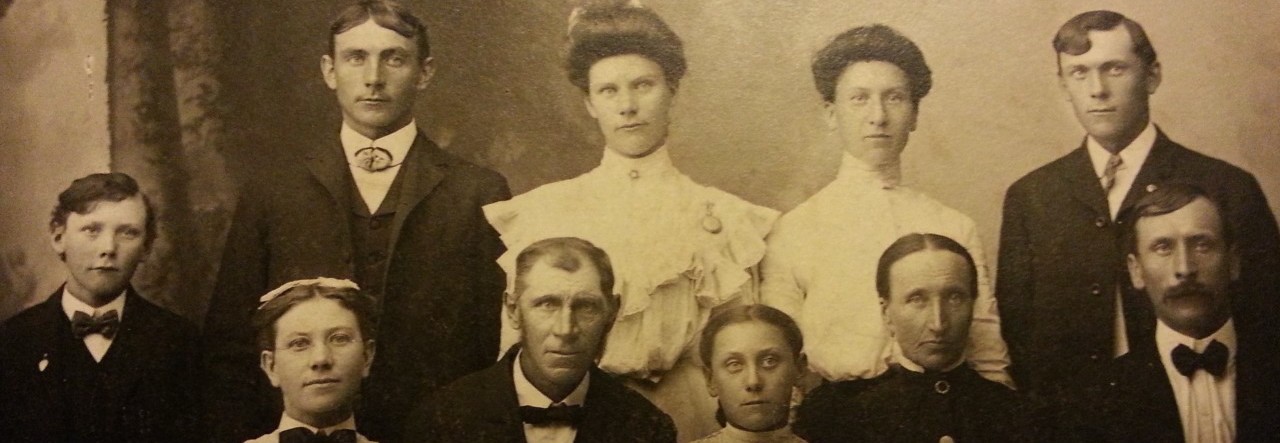I have a love obsession with maps and land records. This probably started with our family’s road atlas when I was trying to see where we lived in comparison with the rest of the world. Then I wanted to see where other family members lived and where our family came from. Thus began a life long love for anything map related. Google Earth and Google Maps are two of my favorite programs to use for exploring, especially with Google Earth’s time slider!
Of course, old maps aren’t covered in those two programs. So, when I need older maps I go to the Library of Congress’s Maps section. I use this to figure out who lived near by my ancestors as well as to figure out where they lived in relation to what the streets are called today.
There are many map collections that the LOC holds: railroad maps, military battles, civil war maps, cities and towns, Sanborn maps, etc. The Sanborn maps you may already be familiar with as they are mentioned often in genealogical research. The Sanborn maps were created for insurance purposes in accessing fire risks. These color-coded maps tell the types of buildings (stone, tile, brick, wood, etc.) for this reason and it gives you a glimpse of what the world looked like at that point. Every city isn’t represented here of course, so keep that in mind. For example, all I found in the Sanborn maps for Michigan was Eaton County from 1911. If you wish to learn more about these maps, Lisa Louise Cooke discusses using Sanborn maps in genealogy in one of her videos found here.
Searching
What I normally do is search for the area I’m interested in. At the top of the page there is a search function. In the pull down menu I choose Maps and then type in my area of interest. For example, Saginaw. This brings me to many maps – in particular, this one. This is a map of Saginaw County from 1890 and it shows land ownership! I LOVE maps like this because it gives me many relationship clues for my ancestors. Here I can see neighbors, friends, and even some possible love connections.
See that wonderful picture? In the lower right corner are some Almy’s – those are my ancestors. Notice the McLean and the Wiltse families surrounding them? Two of the Almy daughters married into those families and this map makes it clear how they probably met. Maps like this are extremely helpful when you hit a brick wall and want to look into that ancestor’s friends and neighbors for more information.
Of course, this doesn’t work every time. For example, I have a lot of family that lived in Saginaw City and East Saginaw and the map above doesn’t show those two parts, probably because there were too many people in MUCH smaller plots. There are maps of the city though, just without the names. That’s when you use city directories and the map to figure out where your ancestor was and then who lived around them.
I personally love map research and always add it in to the history of an ancestor whenever possible. It has helped me to figure out more information by making those neighbor and friend connections. Do any of you have stories of using maps in your research? Please share below!
CITATIONS
1) Charles Holmes, Map of Saginaw County, Michigan, 1890; digital image, Library of Congress Map Collection (http://www.loc.gov/item/2012593166/ : accessed 26 Feb 2015).





